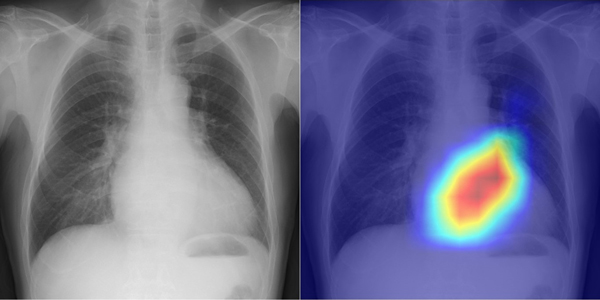CREDIT: iStock
A University of Minnesota Twin Cities team has, for the first time, synthesized a thin film of a unique topological semimetal material that has the potential to generate more computing power and memory storage while using significantly less energy. The researchers were also able to closely study the material, leading to some important findings about the physics behind its unique properties.
The study is published in Nature Communications.
As evidenced by the United States’ recent CHIPS and Science Act, there is a ...
Read More









Recent Comments